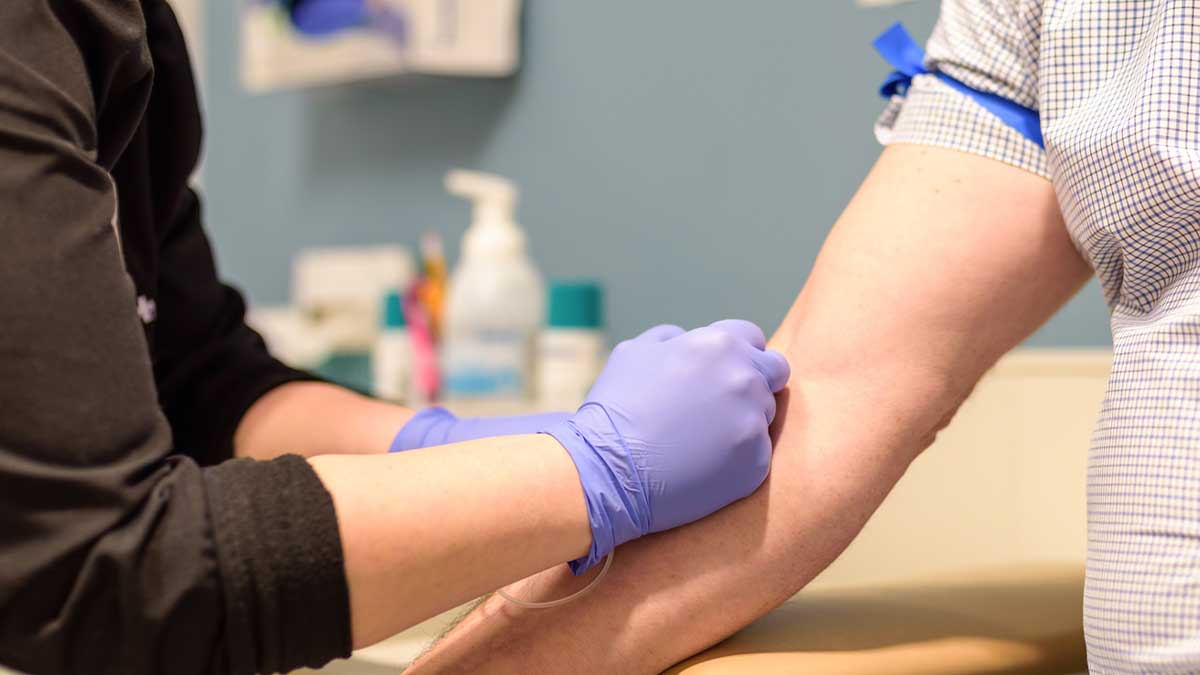Restoring gene expression holds promise in treating rare infant genetic disorder
Dravet syndrome (DS), also known as Severe Myoclonic Epilepsy of Infancy (SMEI), is a rare form of early-onset epilepsy with frequent and prolonged seizures due to neuronal hyperexcitability in the brain. Those affected also experience behavioral and developmental delays along with disruptions of the autonomic nervous system’s ability to regulate body temperature, heart rate and blood pressure.
While a rare condition, 80% of those diagnosed with DS have a mutation in their SCN1A gene, which encodes a sodium channel, Nav1.1. This mutation results in decreased expression or function of the channel by 50%.
Current treatment options for individuals with DS are limited, and the constant care they require impacts families and patients alike. Also, advances in gene replacement therapy that deliver DNA to encode a healthy copy of the mutated gene to cells has proved difficult in DS. This is due to the large size of the SCN1A gene and the fact that the amount of DNA required for delivery cannot fit in commonly used delivery vectors.
While several academic research collaborations across the country are exploring the use of larger types of adenoviral vectors (AAV) to deliver a replacement copy of the SCN1A gene, researchers at The Ohio State University College of Medicine are identifying ways to circumvent the need for gene replacement by modulating the activity of other genes in the brain region to bolster and increase the expression of SCN1A.
A leader in this area of research is Jacy Wagnon, PhD, assistant professor in the Department of Neurosurgery at the Ohio State College of Medicine. She completed a post-doctoral fellowship, funded by the Dravet Syndrome Foundation, to catalogue genes for development of new therapies in DS. This work identified a top candidate to test — the neuron-specific transcription factor Npas4.
Wagnon explains that Npas4 works to counteract the hyperexcitability in the brain that can lead to seizure and its expression is significantly reduced in DS mice. Further, elevation of Npas4 expression is shown to enhance seizure resistance in experimental epilepsy models and improve cognitive function in mouse models.
Additional funding from the Dravet Syndrome Foundation gives her team the chance to employ a technique, similar to virus-mediated gene therapy that is currently being used to treat spinal muscular atrophy in children, that employs the injection of AAV9 viral particles.
“We’ll use AAV9 viral particles to drive brain expression of Npas4,” Wagnon says. “This will determine whether Npas4, and the homeostatic synaptic remodeling process it induces in neurons, is a viable target for therapeutic development,” Wagnon says.
This could bring urgently needed treatments for DS and other disorders of the central nervous system, closer to fruition.



